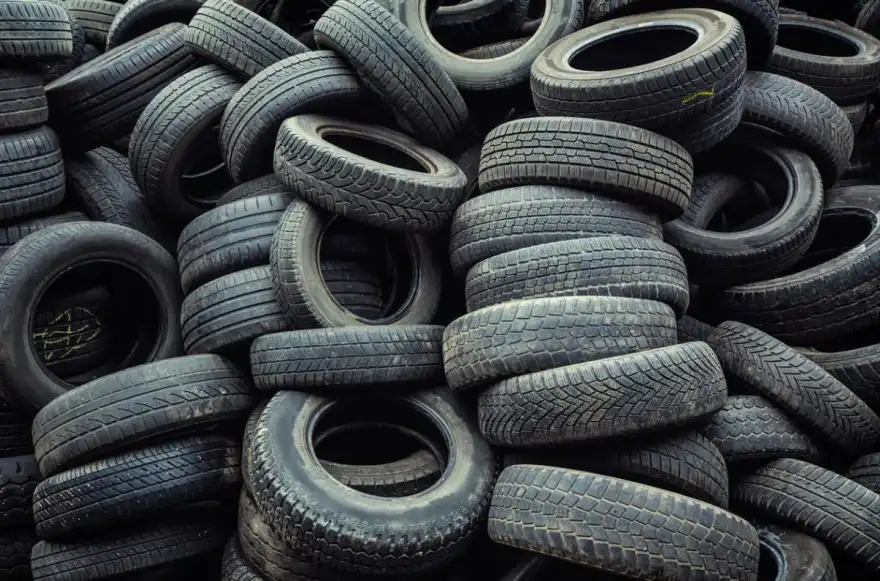
Owning a car comes with its own set of challenges, and one of the less obvious ones is the issue of illegal tyres. Many drivers might not realise it, but having the wrong tyre pressure, too much wear, or damage to your tyres can lead to serious safety risks. That's why keeping an eye on tyre maintenance and regularly checking for signs of wear or damage is crucial.
This guide will cover all you need to know to keep your tyres legal and safe when driving in the UK.
What makes a tyre legal?
For a tyre to be considered roadworthy in the UK, it needs to meet certain standards. Here's what you should know:
- Tread Depth: A legal tyre should have a minimum tread depth of 1.6mm across three-quarters of the tyres width and around its entire circumference. It's a good idea to replace tyres when they reach this limit and consider changing them when they hit 3mm for better safety.
- Condition: Tyres should be free from bulges, cuts, or any damage that could weaken them.
- Type Approval: Make sure your tyres are the right type and have the correct speed and load ratings for your vehicle.
- Run-flat tyres: If your car has run-flat tyres, they should be in good condition and working properly.
- Mixing Tyre Types: Generally, it's best to avoid mixing different types of tires on your vehicle unless the manufacturer says it's okay.
- Winter Tyres: While there's no legal requirement to use winter tyres, if you do, they need to meet certain standards and display the "M+S" or snowflake symbol.
- TPMS: If your car has a Tire Pressure Monitoring System, it should be functioning correctly.
Keep in mind that these requirements might change, so it's a good idea to check with the DVSA for the latest information.
How long do tyres last?
Tyre lifespan can vary based on factors like type, driving conditions, and maintenance. Generally, tyres are designed to last between 20,000 and 40,000 miles or one to three years. It's important to regularly check your tyres regardless of their age to ensure they're safe to use.
What makes a tyre Illegal?
According to RAC data, the most common reason for tyres to be illegal is insufficient tread depth. Tyres with less than 1.6mm of tread depth across three-quarters of the tyre and around its circumference are considered illegal. Driving on tyres with inadequate tread can reduce grip and increase the risk of accidents.
Tires with visible damage like cuts, bulges, or exposed cords are also unsafe and could be deemed illegal. Additionally, using tyres that don't meet the vehicle manufacturer's specifications, including mixing different types of tyres, can lead to uneven wear and compromise handling.
How to check if your tyres are legal
You can check your tyre tread depth using a gauge or by looking for wear indicators in the tyre grooves. These indicators become visible when the tread wears down to about 1.6mm. Another simple method is to use a 20p coin; if you can't see the outer band of the coin when inserted into the tread grooves, your tyres are likely above the legal limit.
Also, don't forget to check your tyre pressure regularly to ensure it's within the legal limits.
Consequences of driving with Illegal tyres
If you're caught driving with illegal tyres, you could face police action, including fines, penalty points, or even having your vehicle impounded. The severity of the penalty depends on the circumstances, but driving with illegal tyres is taken seriously due to the safety risks involved.
What's next?
The tyre industry is always evolving, with discussions about introducing a 'tyre tax' to tackle emissions being the latest development. While nothing has been confirmed yet, it's something to keep an eye on.
Regardless of any future changes, tyre safety and staying road-legal should always be your top priorities when driving.
Remember, whether you're a new driver or an experienced one, understanding tyre safety is essential for your safety and the safety of others on the road.




